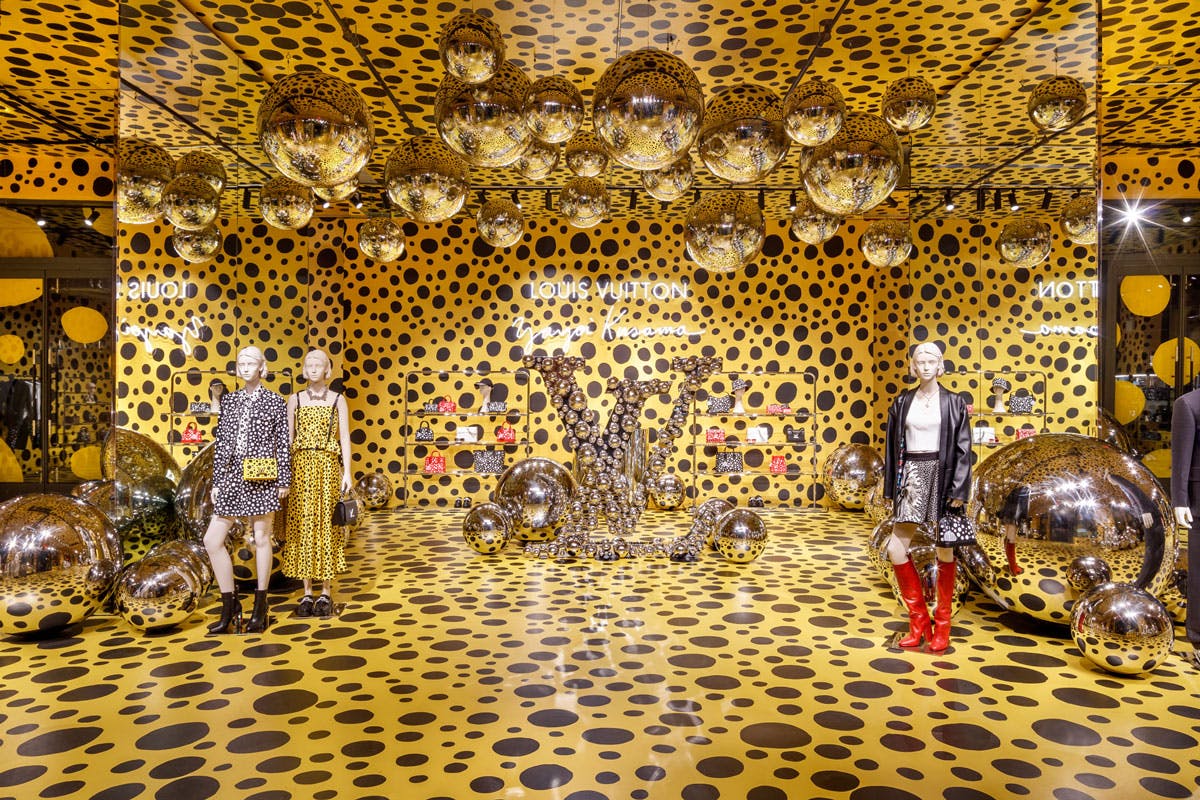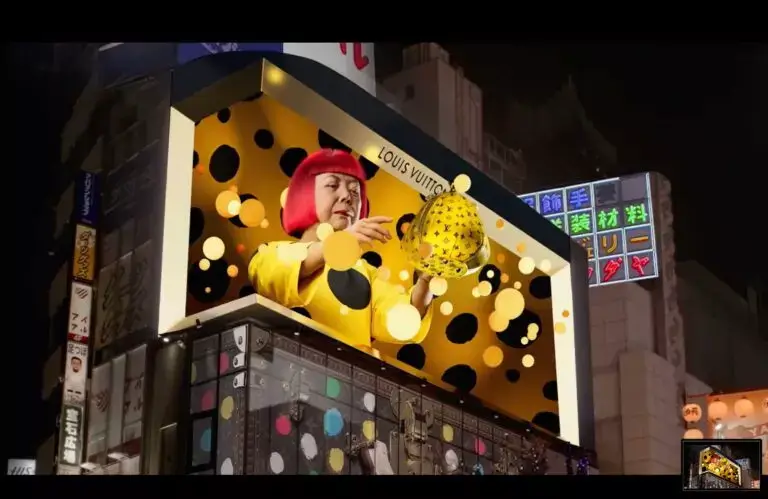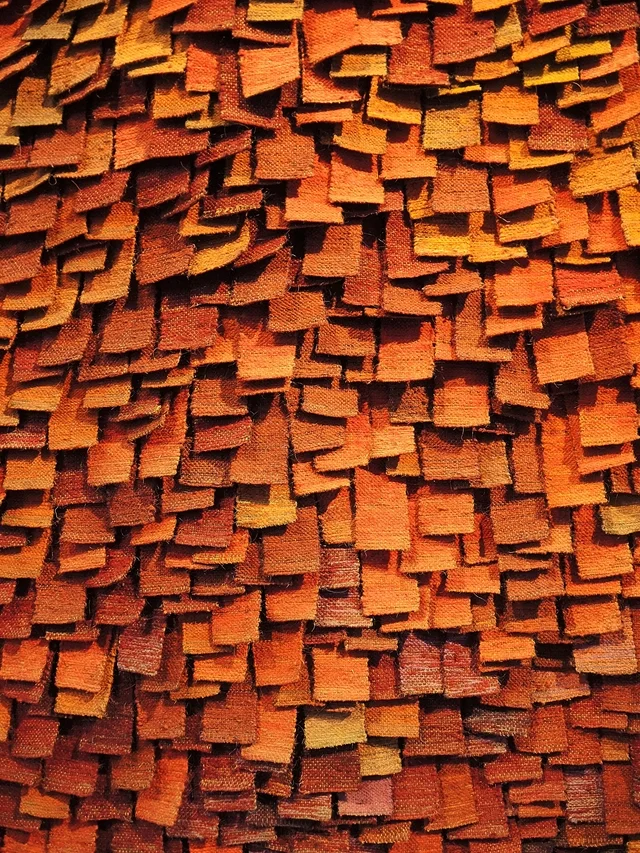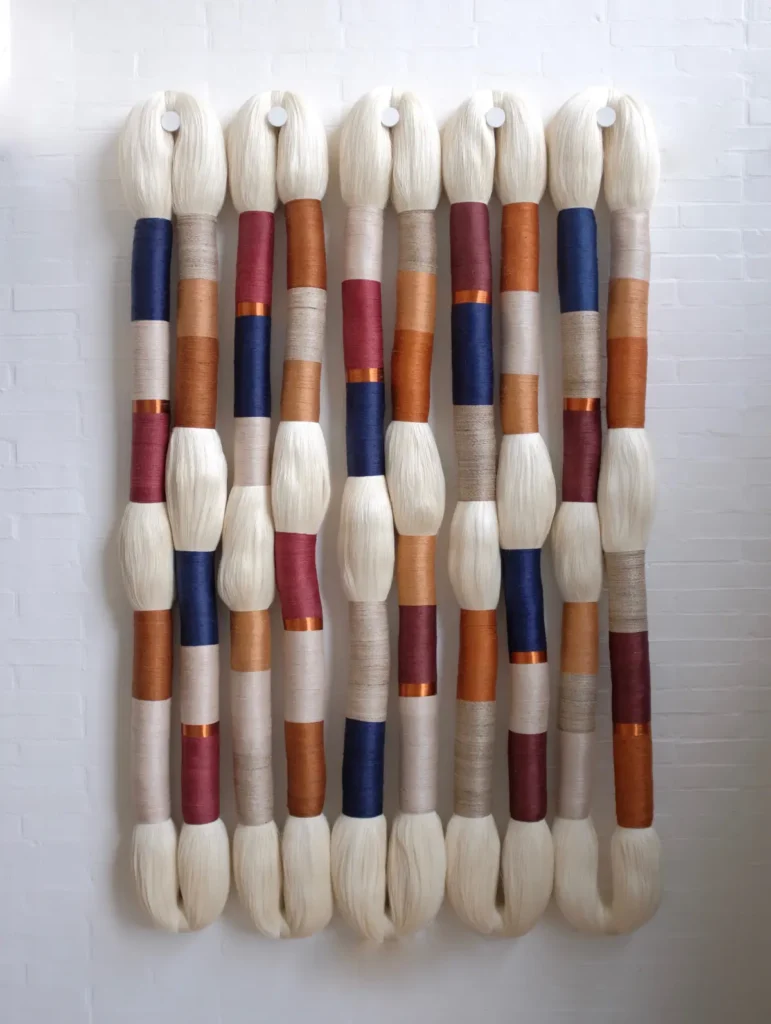1. Yayoi Kusama’s collaboration with Louis Vuitton:
The French fashion house, after 10 years of their last collaboration, teamed up again with the renowned Japanese artist Yayoi Kusama. Its psychedelia and patterns are the protagonists of the bags, wallets and jewelry, ready-to-wear garments and other accessories that are part of this limited collection.
:quality(85)/cloudfront-us-east-1.images.arcpublishing.com/infobae/FIDBZCCAUJGZBLC6G4LIMLVV4Y.jpg)
Louis Vuitton, from this collaboration, transformed several of its atelliers, buildings around the world and its most emblematic stores and turned them into an immersive universe in Kusama’s works. In addition, the various installations of hyper-realistic robots that simulate the artist behind the showcases and even on the facades attracted attention.
:quality(85)/cloudfront-us-east-1.images.arcpublishing.com/infobae/2QLOVBXMOQ7VIBOTXKELERKDWY.jpg)

2. Adriano Pedrosa, the first Latin American to be appointed director of the Visual Arts Sector of La Biennale di Venezia.
Adriano Pedrosa, artistic director of the Museu de Arte de São Paulo, was selected this month to be in charge of curating the 60th International Art Exhibition to be held in 2024.
“Pedrosa is characterized by the competence and originality he has shown in conceiving his exhibitions with a vision open to the contemporary, working from a view of the world that cannot ignore the nature of its place of origin. Rather than restricting his vision, this has broadened it to an essential debate so that now, more than ever, La Biennale approaches contemporary art not to catalog what exists, but to give shape to the contradictions, dialogues and kinships without which art would remain an enclave devoid of vital sap.”
says Roberto Cicutto, president of the Biennial.
The Biennale di Venezia was established in 1895 and today is recognized as one of the most prestigious cultural institutions. The Biennale di Venezia is at the forefront of research and promotion of new trends in contemporary art.

3. David Manzur’s 70th anniversary of his artistic career
This January, 93-year-old Colombian painter David Manzur celebrated his 70th birthday.
David Manzur was born in Neira, a mountainous region in northwestern Colombia, on December 14, 1929. During 1934, his parents decided to move to Lebanon as a consequence of an economic crisis, but not before a stopover in Spain. So it was that already on the trip the Civil War broke out, completely changing the family’s plans and almost forcing them to settle elsewhere, more specifically in the port of Bata, capital of Spanish Guinea (now Equatorial Guinea), Africa.
By the end of 1946, he and his family returned to Colombia and settled in the municipality of Armenia. Later, in 1951, he would go to Bogotá, to the Escuela de Bellas Artes, but it would not take him long to abandon his studies there and so he became one of the first students of the Escuela de Arte Dramático. Thanks to this he had the opportunity to meet poets and artists who encouraged him to continue living persistently with love for art. Not long after, in 1953, he held his first solo exhibition at the National Museum.
We pay tribute to maestro Manzur by recalling some of the most important moments of his career and training as an artist.

4. 20 Puerto Rican Artists Exhibit at Whitney Museum on Hurricane Maria
On the anniversary of the storm that rocked Puerto Rico in 2017, 20 artists present “There Is No Post-Hurricane World: Puerto Rican Art in the Aftermath of Hurricane Maria” at the Whitney is a seminal event at the American art museum.
These artists actively interrogate the tragedy and transformation experienced by Hurricane Maria. Taken together, the works highlight how the land sustainability issues and social breakdown that preceded the storm were highlighted by its catastrophic impact. The permanence of these ongoing realities lends a sense of meaning and urgency to the exhibition.
The title, which translates as “There is no post-hurricane world,” is taken from Puerto Rican poet Raquel Salas Rivera and frames the show’s central questions about the derailing effects of the catastrophe: How can artists position themselves in relation to such a cataclysmic event? What does it mean to get ahead of the disaster? And how can such a journey be represented? This is a presentation that deliberately merges the ecological and social climates of the island.

5. Spanish collector accused of forgery and fraud
Tomas Webber, an Austrian collector, denounced Guillermo Chamorro for selling him a fake lithograph which he attributed to Eduardo Chillida and for realizing that two others by the same author were for sale, which alerted the authorities to carry out an investigation.
Thus, the National Police in Madrid noticed and confiscated 10 fake works: 7 attributed to Eduardo Chillida, 2 to Roy Lichtenstein and 1 to Edvard Munch.
After an investigation, Guillermo Chamorro was asked to present 5 other works also supposedly by other artists, which had already been sold to private individuals, in order to discover that they were also forged.
Guillermo Chamorro is well known at auctions and in the art market world. Account
who lived in New York and had several conversations with Andy Warhol and who had a catalog of paintings by well-known artists.
Now, Chamorro faces six and a half years in prison for the crimes of swindling and intellectual property theft.
/cloudfront-eu-central-1.images.arcpublishing.com/prisa/5QWCBUZM75D6DEQHXTNBDKS6GA.JPG)




